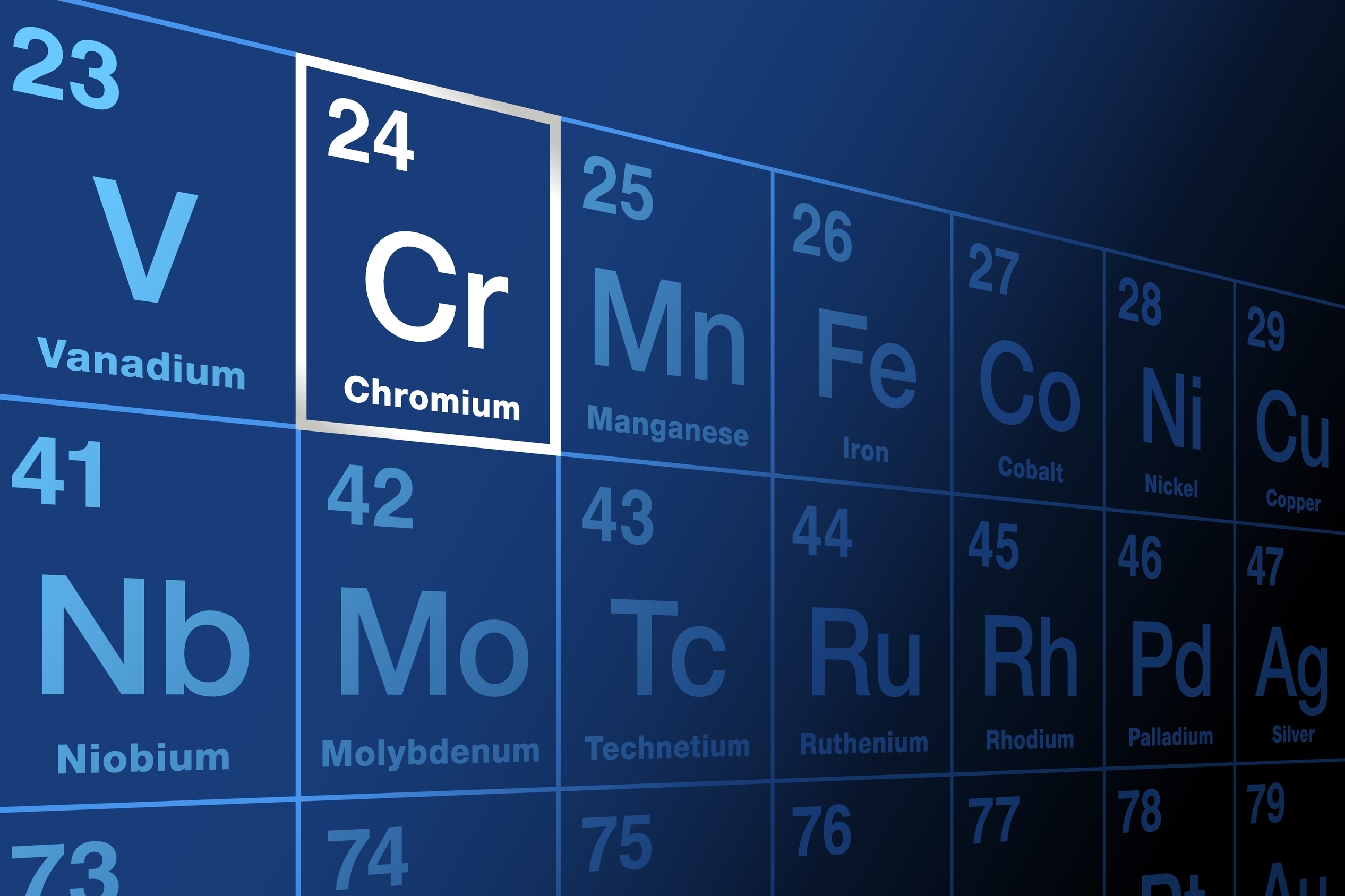Political unrest in Mozambique shuts key chrome export route
News Analysis

13
Nov
2024
Political unrest in Mozambique shuts key chrome export route
The Komatipoort-Lebombo border between South Africa and Mozambique temporarily closed as tensions escalated following the release of election results on 24 October 2024.
South Africa is responsible for more than 80% of China’s chrome ore imports, crucial for its ferrochrome and stainless steel industries. Logistical challenges between mines and the export market are a significant bottleneck for South African chrome producers, as the state-owned rail and ports company, Transnet, has faced ongoing financial, structural, and theft difficulties. Not only has a growing volume of material moved to trucks to keep up with growing demand for chrome ore and high-carbon ferrochrome, but the lack of operating capacity at South African ports has led producers to opt for sending ore via Komatipoort to the Port of Maputo. By 2023, the Maputo port handled more than 50% of South African chrome exports and (based on year-to-date exports through the Komatipoort border) is on track to capture a growing market share.
The ramp-up in demand comes as China’s ferrochrome industry returned to rapid growth in 2023, following a stable demand level since 2019. China’s ferrochrome production has soared further in 2024, with the largest smelters, such as Xin Ganglian, now displacing South Africa’s Glencore and Samancor as the largest ferrochrome producers in the world. The rising ferrochrome production in China is import-reliant, as the country has negligible domestic ores. South Africa’s chromite resources in the Bushveld are the most competitive sources to meet growing demand, with ore export volumes soaring by 21% y-o-y in 2023 to keep pace.
South African ores are crucial for Chinese smelters, and with the Komatipoort border now the largest trading route, the recent border closure will see delays trickle through the market. Chromium ore prices are already at sustained high levels, well above their typical industry cost structure’s 90th percentile. Even record import statistics into China have not been able to build a healthy port stockpile, which generally stabilises ore prices when stocks are able to sustain Chinese demand for around three months. While a slowdown in demand from stainless steel in China is adding downward pressure to prices across the value chain, any export delays out of South Africa will likely see upside reactions as port stocks are expected to dip when China comes out of an early Spring Festival in 2025.